
(Portugese translation below / Traduçãoem português abaixo)
Nael Abdel Kader Al Edwan, 74 years old, owns abanana farm in Al Kafren, Al Shuna Al Junibyeh, (Jordan Valley), Al Balqa -Jordan.
Nael Abdel Kader Al Edwan, 74 anos, éproprietário de uma plantação de bananas em Al Kafren, Al Shuna AlJunibyeh, Vale do Jordão, Al Balqa – Jordânia.
What has climate change done here?
Years ago, we had plenty of water, and it wasn't salty. We used to plant, harvest, and export our produce to the Gulf states, Syria, Turkey, and Europe. However, in the 2000s, we started facing challenges.
In the early 2000s, the heat in the Jordan Valley became unbearable. We used to hear about the extreme temperatures in the Gulf States and Iraq, where temperatures would reach 60-70 degrees Celsius, but now, those temperatures are here too. This is very costly for us, as we have limited water resources. We don’t have enough water, and we rely on the Al Kafren Dam in the area, which we used to benefit from before the 2000s. After that, illegal drilling of wells near the dam became an issue. In 2008, the government took control of the land below the dam to address the problem, but locals still drill wells due to necessity. Without water in the Jordan Valley, there is no life. We need fresh water for agriculture, not saline water, which isn’t suitable for farming.
The heatwaves have affected 70% of our crops. Trees have been burned by the heat, including bananas. When the temperature rises, more water is needed, but water is scarce. We are given water for only 4 hours, and sometimes 5 hours, but it’s still not enough.
When it rains, the salinity decreases, and the soil absorbs the water, allowing us to farm. But now, rainfall has decreased, and the salinity is still high. I have a piece of land where I planted bananas, but half of the crops have suffered from the lack of water. If we expected a 70% yield, it is now only 30%.
Anos atrás, tínhamos bastante água eela não era salgada. Plantávamos, colhíamos e exportávamos nossosprodutos para os Estados do Golfo, Síria, Turquia e Europa. Porém,nos anos 2000, começamos a enfrentar desafios.
No início dos anos 2000, o calor noVale do Jordão tornou-se insuportável. Costumávamos ouvir sobretemperaturas extremas nos Estados do Golfo e no Iraque, onde chegavama 60-70 graus Celsius, mas agora essas temperaturas estão aquitambém. Isso é muito caro para nós, pois temos recursos hídricoslimitados. Não temos água suficiente e dependemos da Represa de AlKafren na região, da qual nos beneficiávamos antes dos anos 2000.Depois disso, a perfuração ilegal de poços próximos à represatornou-se um problema. Em 2008, o governo tomou controle das terrasabaixo da represa para resolver a questão, mas os moradores aindaperfuram poços por necessidade. Sem água no Vale do Jordão, nãohá vida. Precisamos de água doce para a agricultura, não águasalgada, que não é adequada para o cultivo.
As ondas de calor afetaram 70% denossas plantações. Árvores foram queimadas pelo calor, incluindoas bananeiras. Quando a temperatura sobe, é necessário mais água,mas a água é escassa. Recebemos água por apenas 4 horas, às vezes5, mas ainda assim não é suficiente.
Quando chove, a salinidade diminui e osolo absorve a água, permitindo que cultivemos. Mas agora, a chuvadiminuiu e a salinidade ainda é alta. Tenho um terreno onde planteibananas, mas metade das plantações sofreu pela falta de água. Seesperávamos uma produção de 70%, agora é apenas 30%.
What do you think world leaders have to do now to stop things from getting worse and to help us adapt?
The solution is political. Our water rights with Israel, set in the Wadi Araba peace agreement, were not fully honored. Specifically, our water rights were not fully implemented. Regarding the Al Wehda Dam, which supplies the Al Yarmouk River, a vital resource for both Jordan and Israel, our brothers in Syria have dug wells along the dam and built dams above it, which has significantly affected its capacity. The dam was supposed to hold 110 million cubic meters of water, but now, it only holds about 15 million cubic meters per year. This happened because our brothers in Syria dug wells along the dam and built dams upstream, and as a result, we did not receive our rightful share of water. Our water is being stolen.
My expectations for the years to come are that agriculture will not be sustainable in Jordan if nothing changes. Only if God saves us with rainfall, but that is something we cannot predict. There is no water; it is simply not available. May God help the coming generations with this. Wheat needs water, and we used to plant wheat when we had water. I wish they would provide us with water so we can plant wheat; it’s better than vegetables. You harvest it, get wheat or barley, and use it for yourself. But unfortunately, there is no water for this.
A solução é política. Nossosdireitos de água com Israel, estabelecidos no acordo de paz de WadiAraba, não foram totalmente respeitados. Especificamente, nossosdireitos de água não foram completamente implementados. Em relaçãoà Represa Al Wehda, que abastece o Rio Al Yarmouk, um recurso vitalpara Jordânia e Israel, nossos irmãos na Síria perfuraram poçosao longo da represa e construíram represas acima dela, o que afetousignificativamente sua capacidade. A represa deveria armazenar 110milhões de metros cúbicos de água, mas agora retém cerca de 15milhões por ano. Isso aconteceu porque nossos irmãos na Síriaperfuraram poços ao longo da represa e construíram barragens rioacima, e, como resultado, não recebemos nossa parte justa da água.Nossa água está sendo roubada.
Minhas expectativas para os próximosanos são de que a agricultura não será sustentável na Jordâniase nada mudar. Só se Deus nos salvar com a chuva, mas isso é algoque não podemos prever. Não há água; simplesmente não estádisponível. Que Deus ajude as próximas gerações com isso. O trigoprecisa de água, e costumávamos plantar trigo quando tínhamoságua. Eu gostaria que nos fornecessem água para que pudéssemosplantar trigo; é melhor do que vegetais. Você colhe, obtém trigoou cevada e usa para si mesmo. Mas, infelizmente, não há água paraisso.


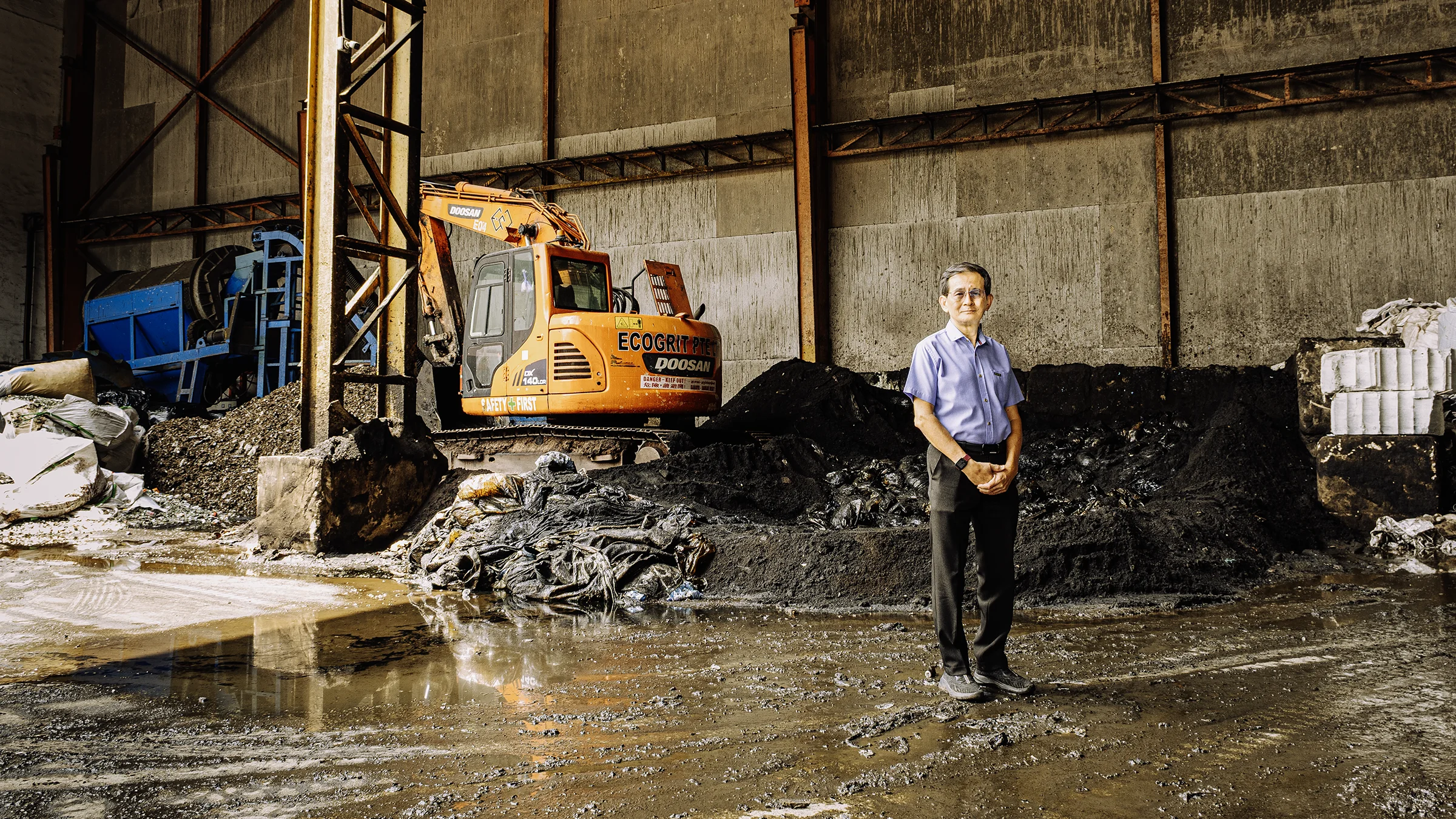
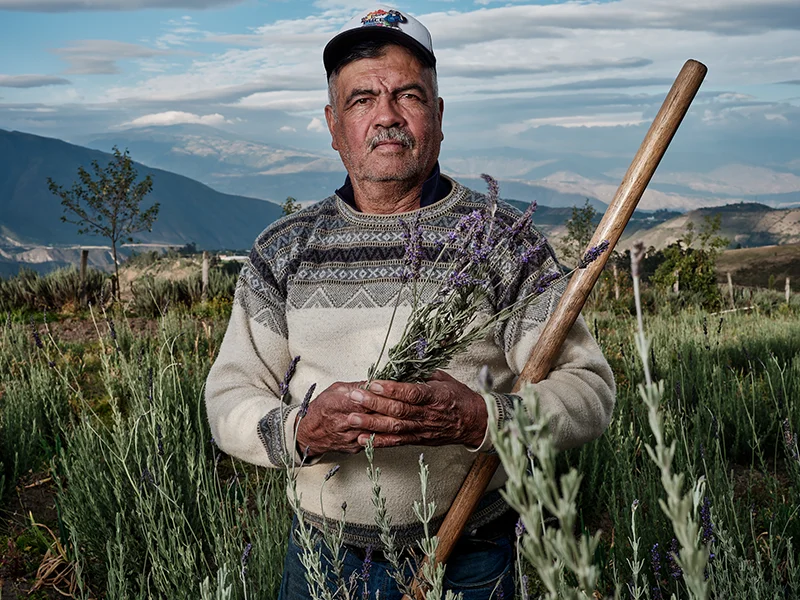
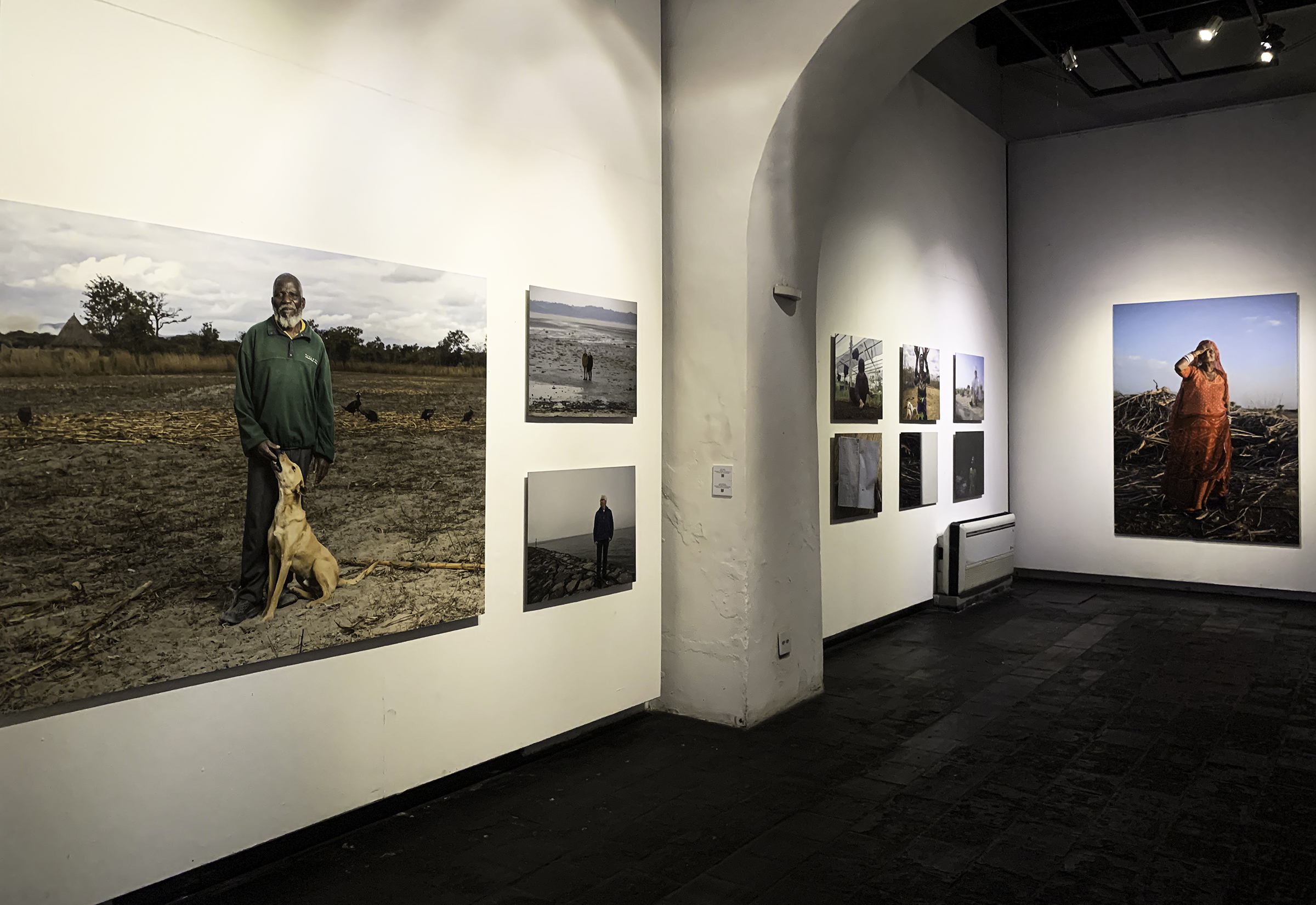
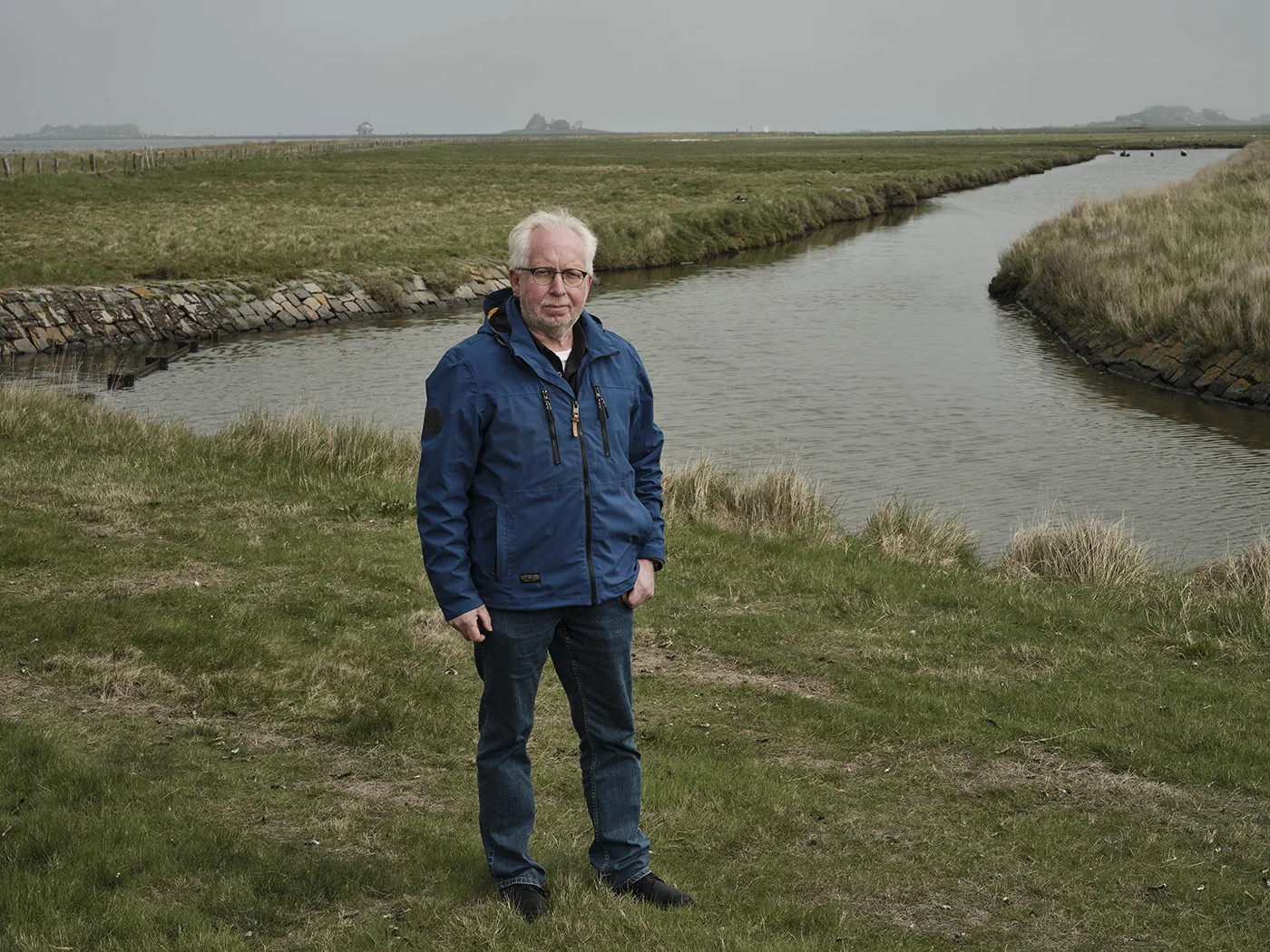

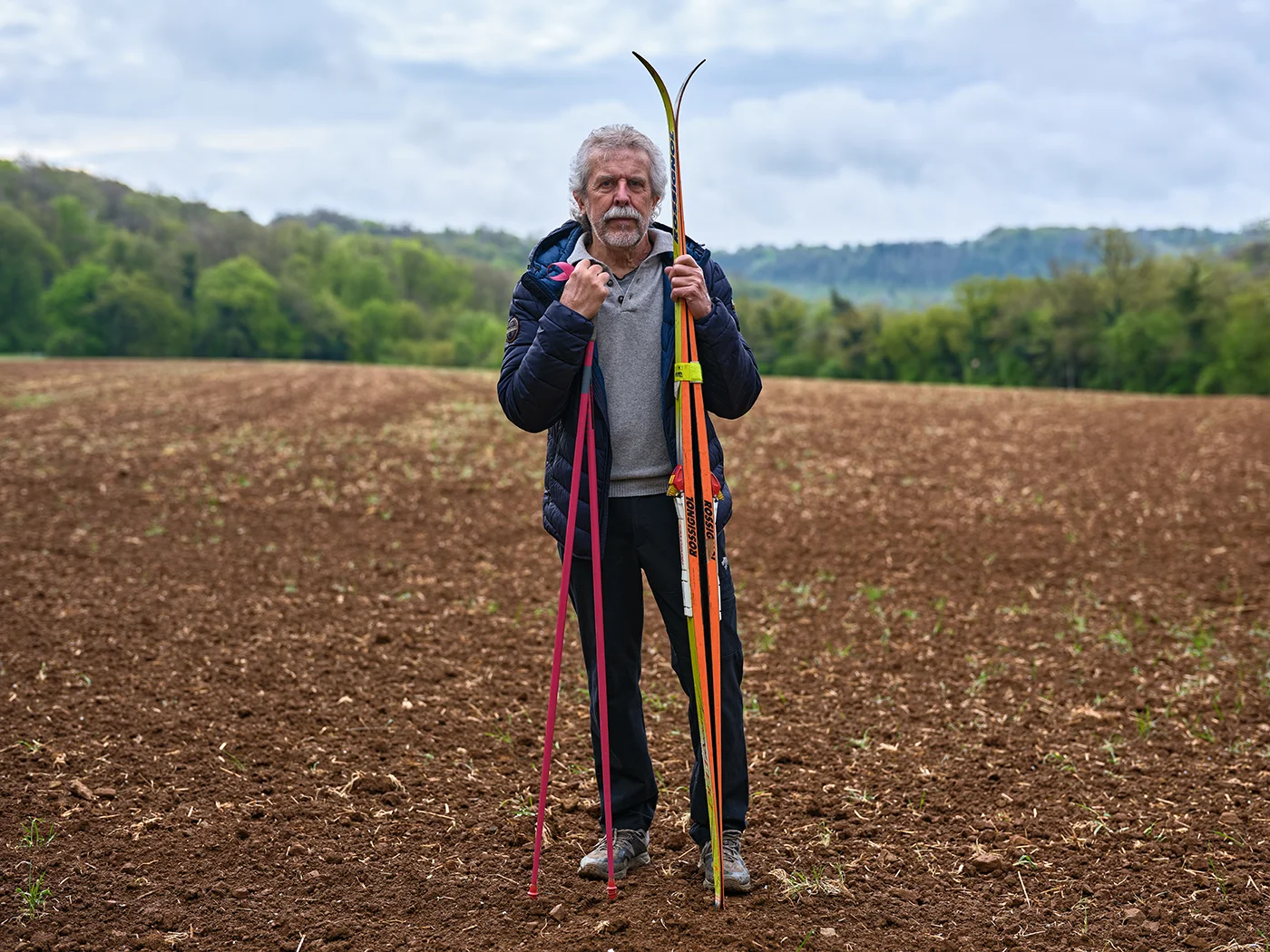



































.svg)






